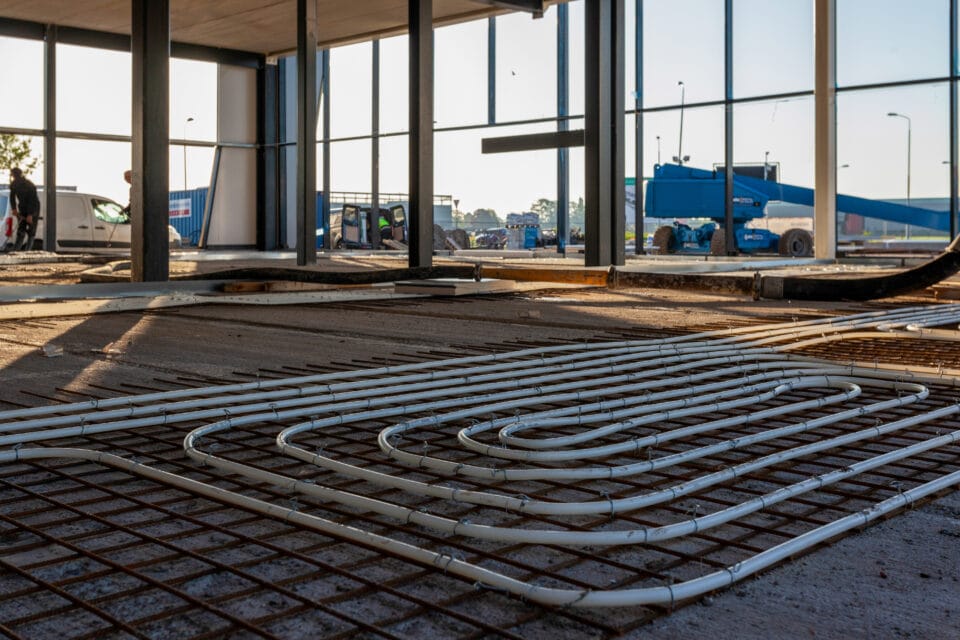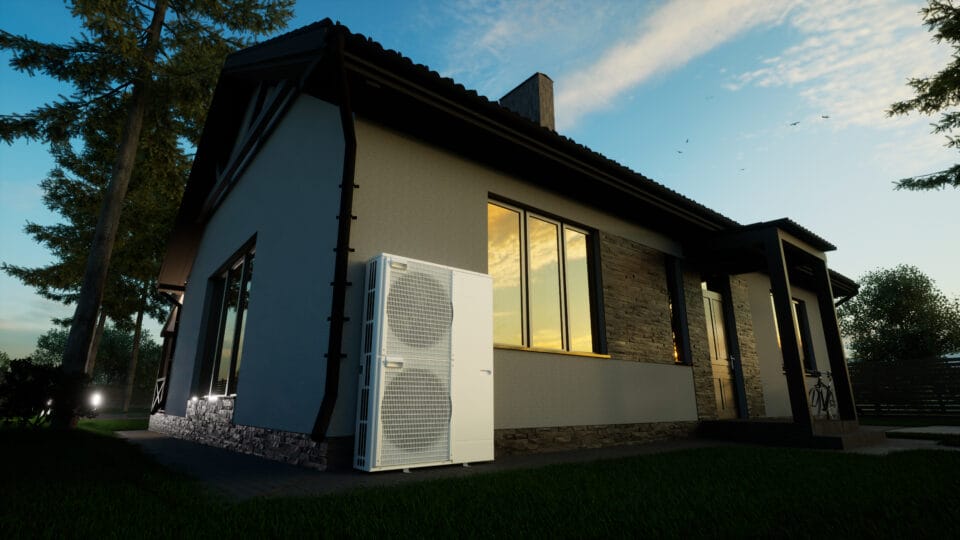Geothermal energy is thermal energy generated and stored in the Earth. It is a clean, renewable source of energy that utilizes the Earth’s natural heat for a variety of applications. Here we will cover the fundamentals of geothermal energy and its uses.
How It Works
The Earth’s core is extremely hot, approximately 4000 miles beneath the surface. This heat is due to residual heat from the planet’s formation as well as heat produced through radioactive decay of minerals. As a result, the temperature in the Earth’s core can reach over 9000°F.
This heat dissipates outwards and warms surrounding rock and water. Temperatures can reach up to 750°F at only 10 miles deep. This thermal energy can be tapped and utilized in several ways.
Direct Use
One common way to harness geothermal energy is through direct use of the heat. Hot water reservoirs beneath the surface can be accessed by drilling wells. The hot water or steam which is brought to the surface can then provide heating for buildings, greenhouses, aquaculture, and more. Hot water near the surface is below boiling point, while steam from deeper sources can generate electricity.
Geothermal heat pumps can also directly use thermal energy from shallow ground temperatures. These systems can regulate building temperatures for heating and cooling. During colder months, the pumps pull heat from the ground into the building. The process reverses in warmer months, with heat from the building deposited into the ground.
Electricity Generation
Geothermal power plants generate clean electricity from high temperature water resources located deep underground. The hot water or steam rotates turbines which activate generators, thereby producing electricity.
There are three types of geothermal power plants:
- Dry steam – Uses steam from reservoirs to directly drive turbine generators.
- Flash steam – Pulls deep hot water into a low pressure chamber causing it to vaporize into steam which then drives turbines.
- Binary cycle – Hot water is passed through heat exchangers which causes a secondary fluid to evaporate into steam to drive turbines. The water is then injected back into the ground.
Applications
Geothermal energy is extremely versatile and has a wide range of applications:
- Heating and cooling of buildings
- Heating greenhouses, aquaculture ponds, and crop drying
- Industrial processes requiring heat
- Therapeutic spas and baths
- Electricity generation
- Water desalination
The uses of geothermal energy are expected to expand as technology improves and new innovations are made.
Benefits
Geothermal energy provides a consistent baseload power source, unaffected by weather conditions. It produces minimal emissions and effectively none of the greenhouse gases linked to climate change. It’s also a renewable resource independent of the sun. For these reasons and more, geothermal is a highly sustainable energy source with a small environmental footprint.
Geothermal energy is considered mostly homegrown as hot water reservoirs are available globally. With the proper infrastructure in place, geothermal can provide reliable and affordable energy while supporting energy independence.
Conclusion
Geothermal energy derives heat from the planet’s molten core and provides a constant supply of renewable energy. It can be harnessed in multiple ways from heating buildings to generating clean electricity. Geothermal power delivers energy security, grid stability, and reduced carbon emissions. This makes it an important player in the world’s transition to a cleaner energy economy. With further technological advances, the exciting possibilities of geothermal energy will continue to unfold.


1 comment